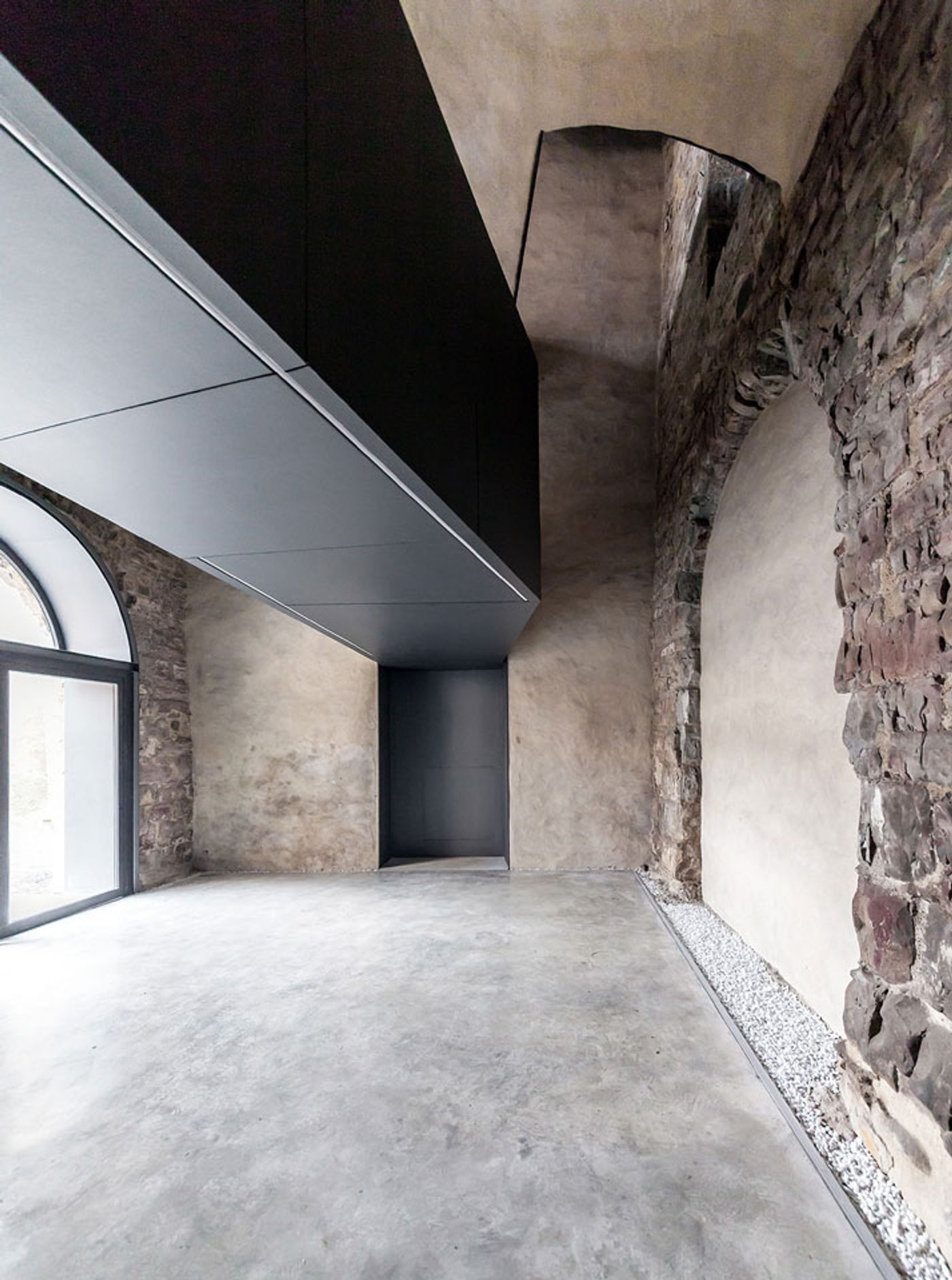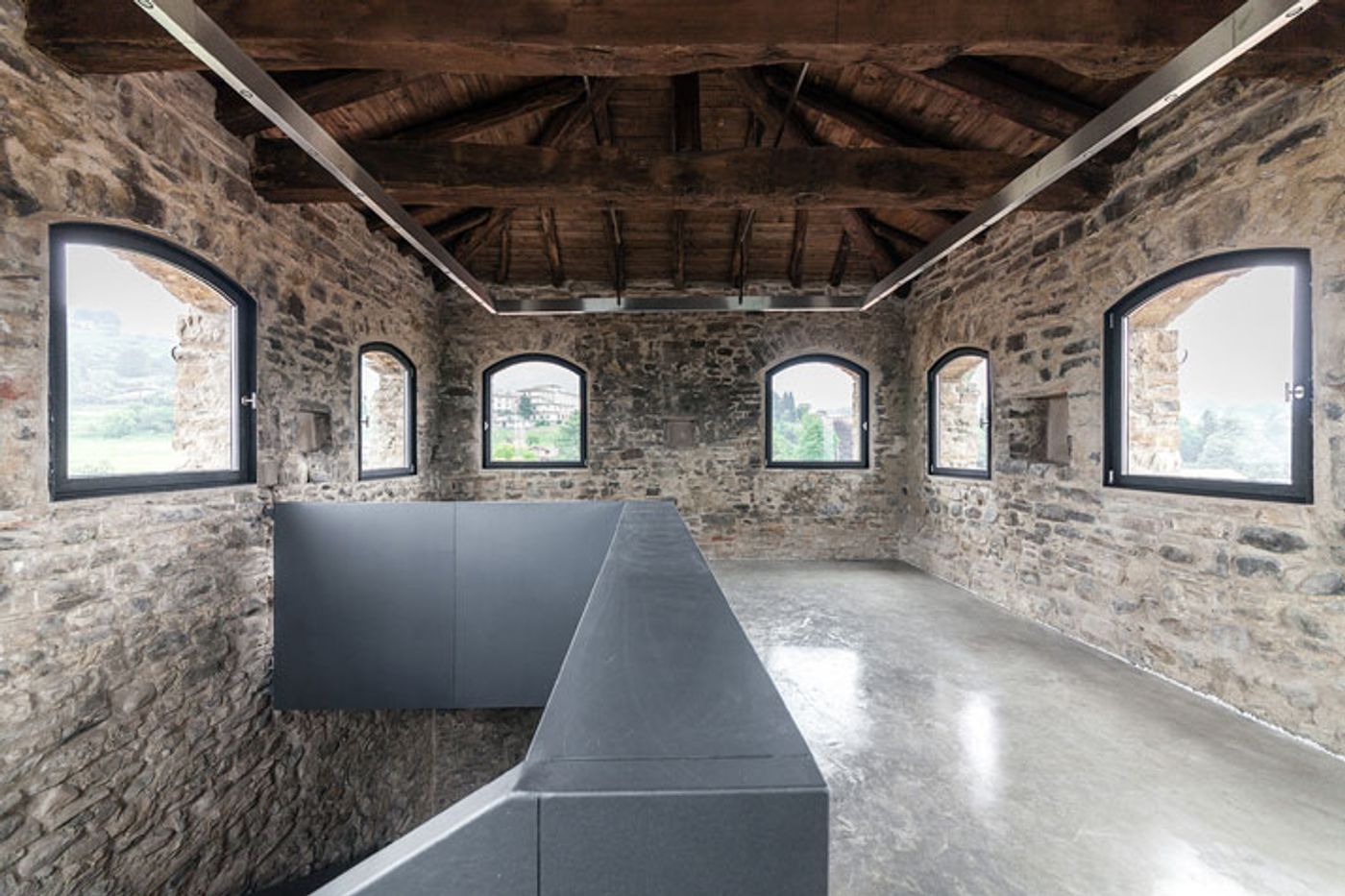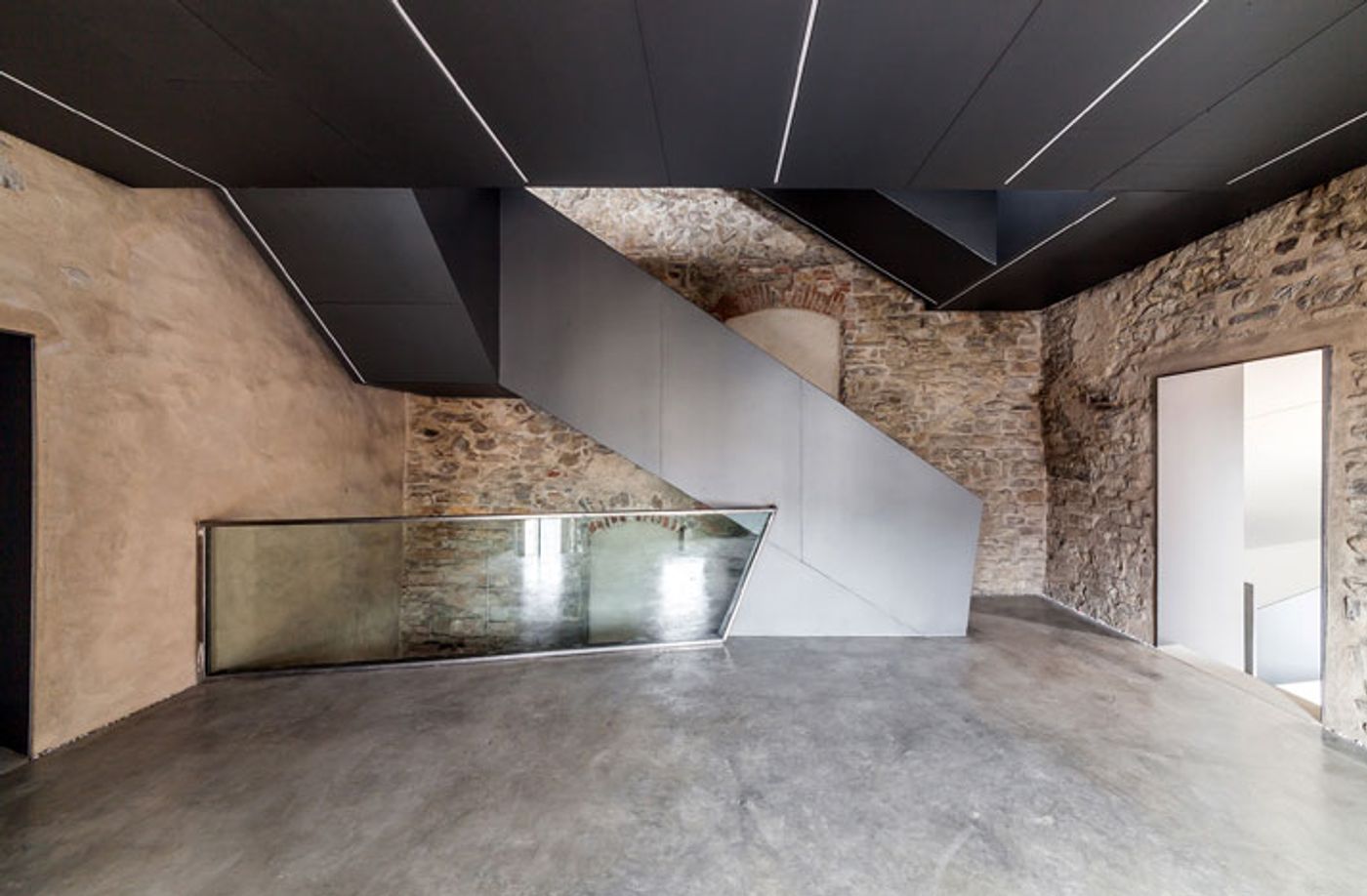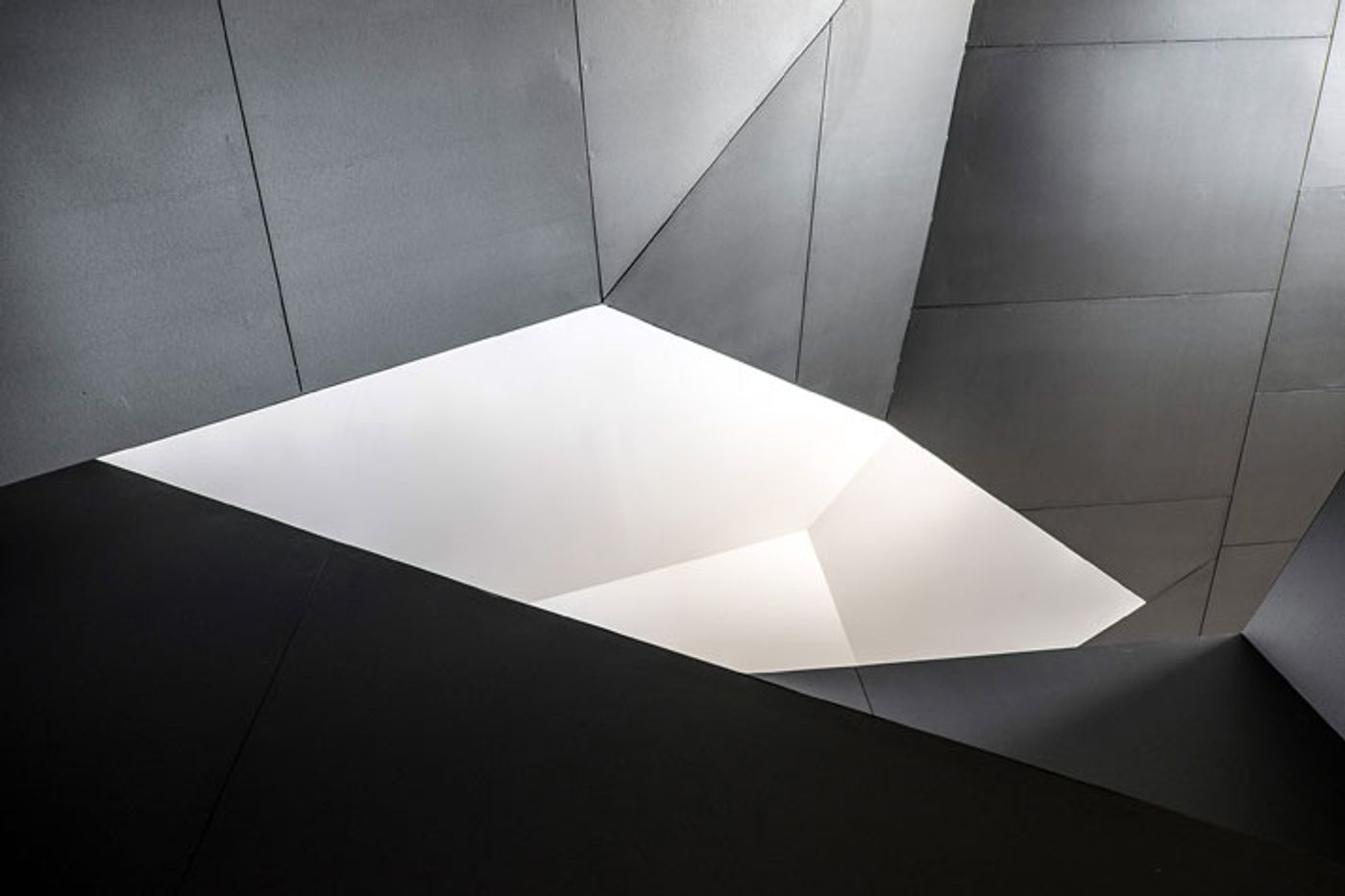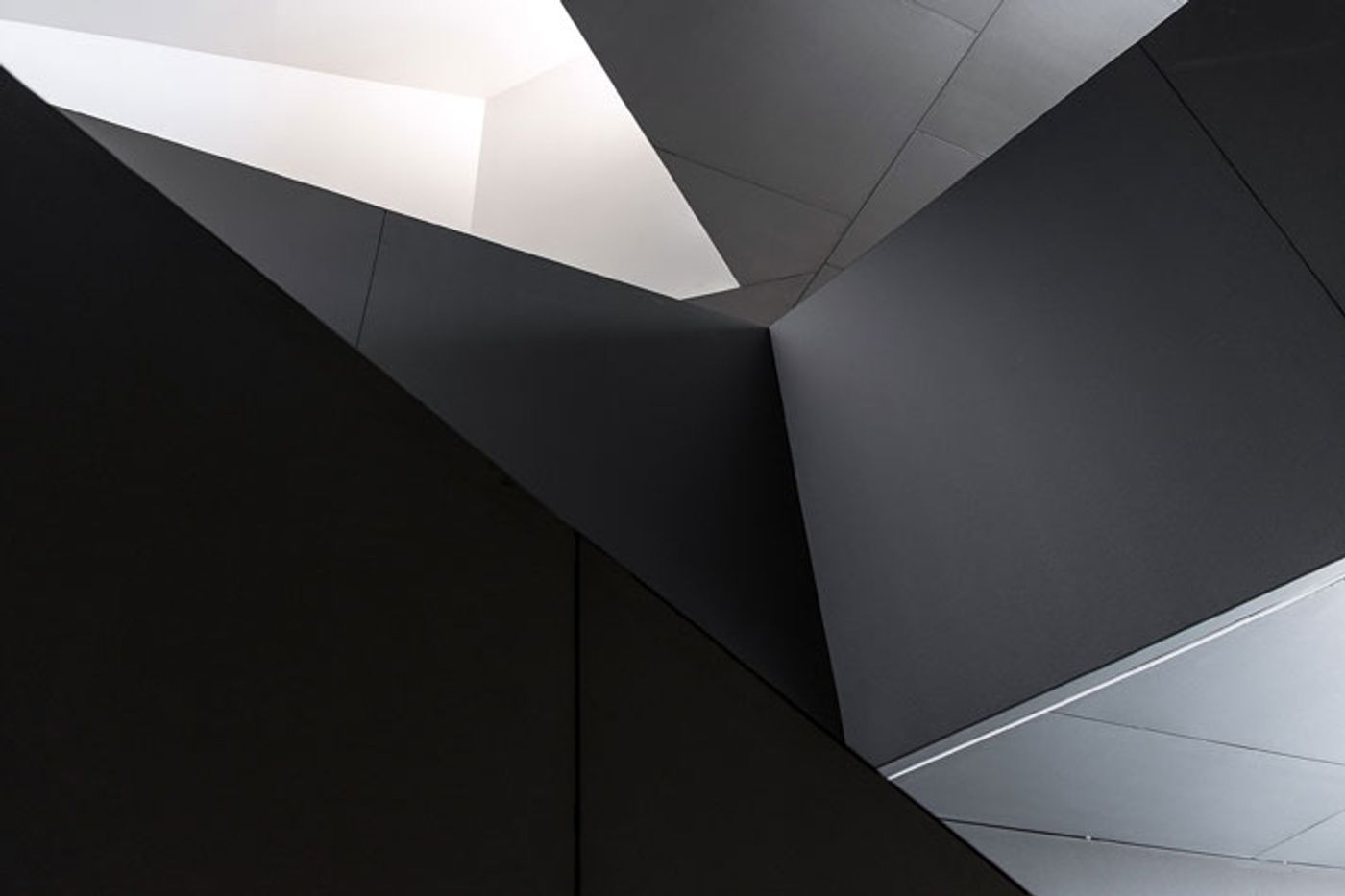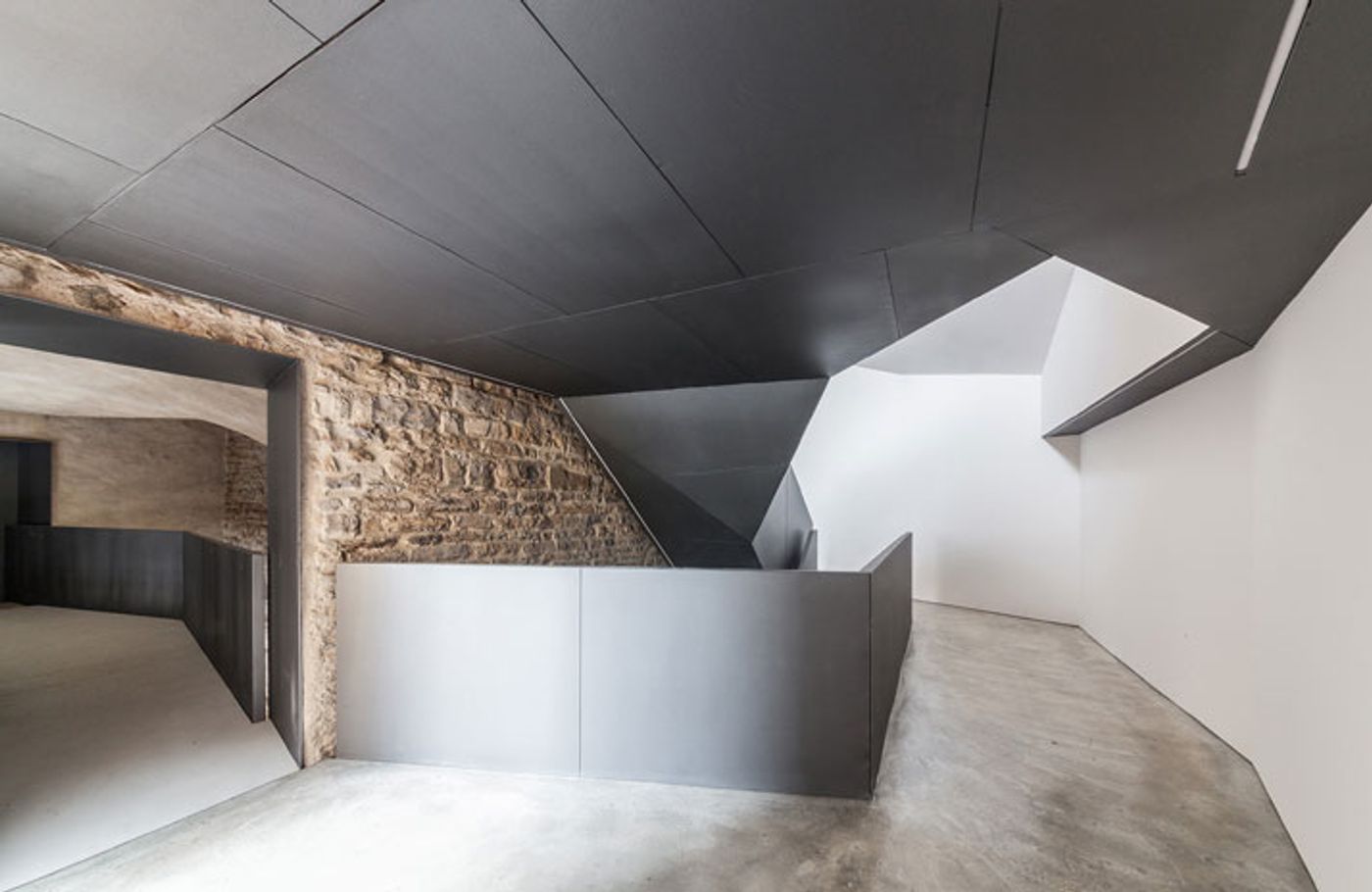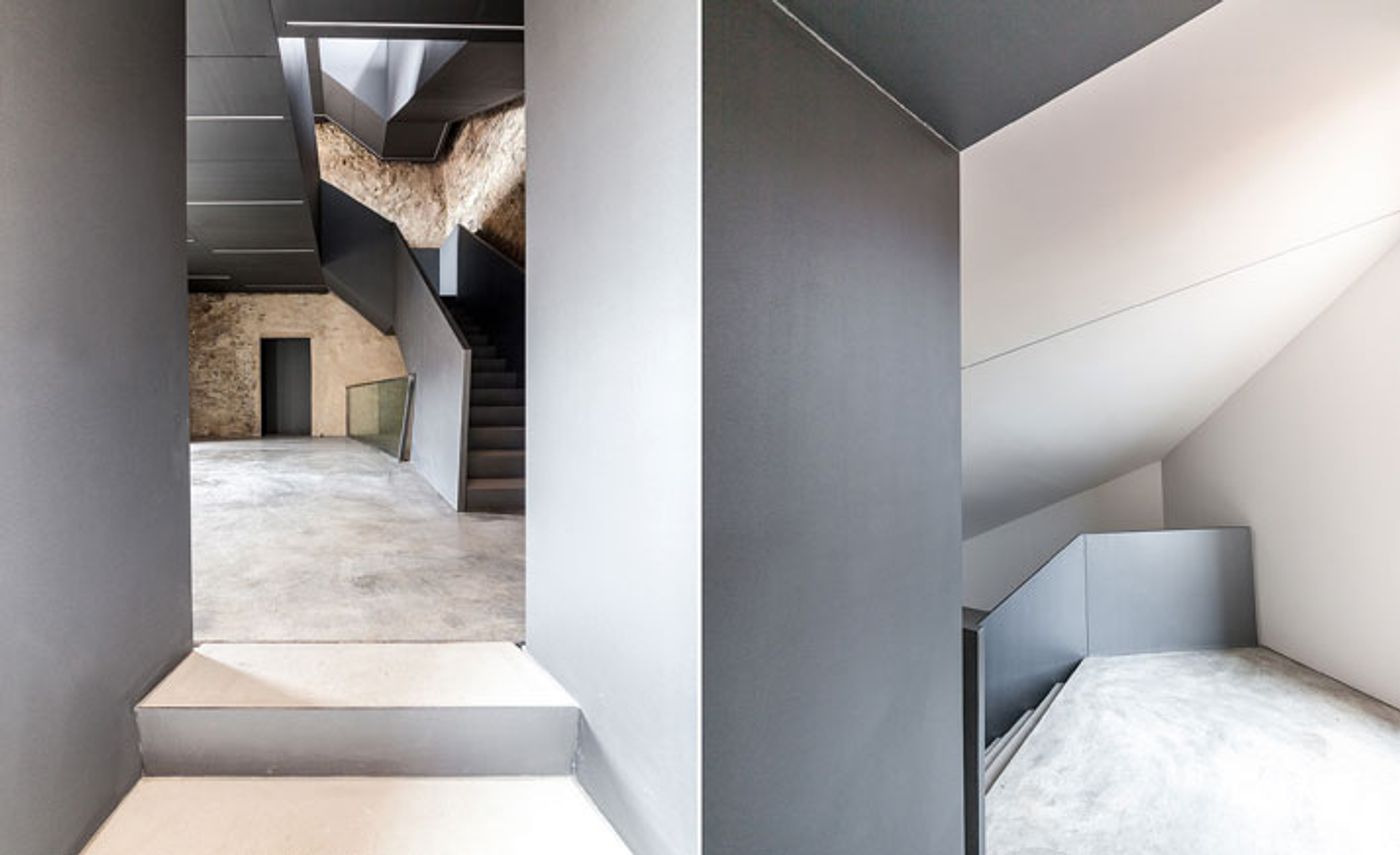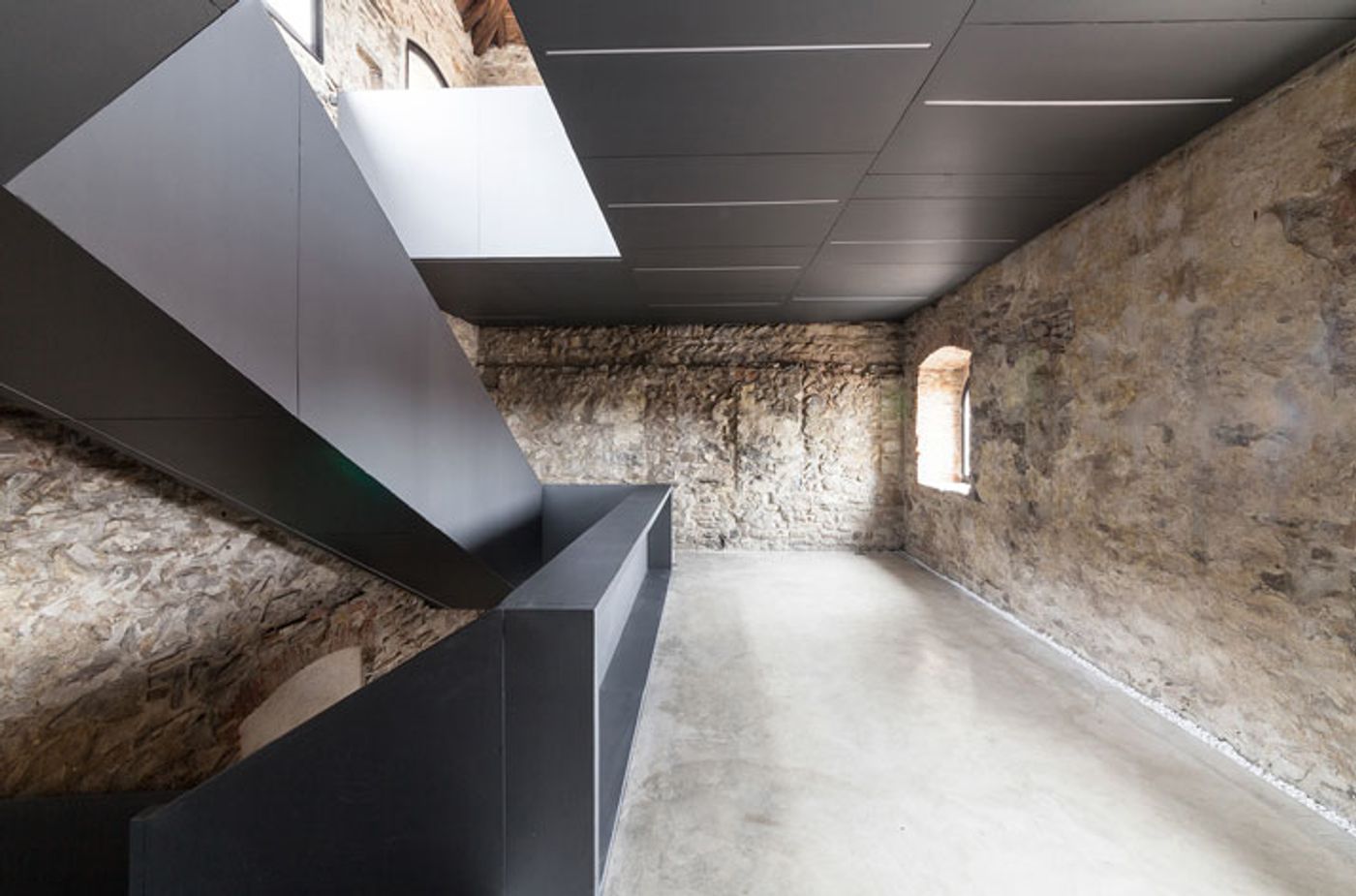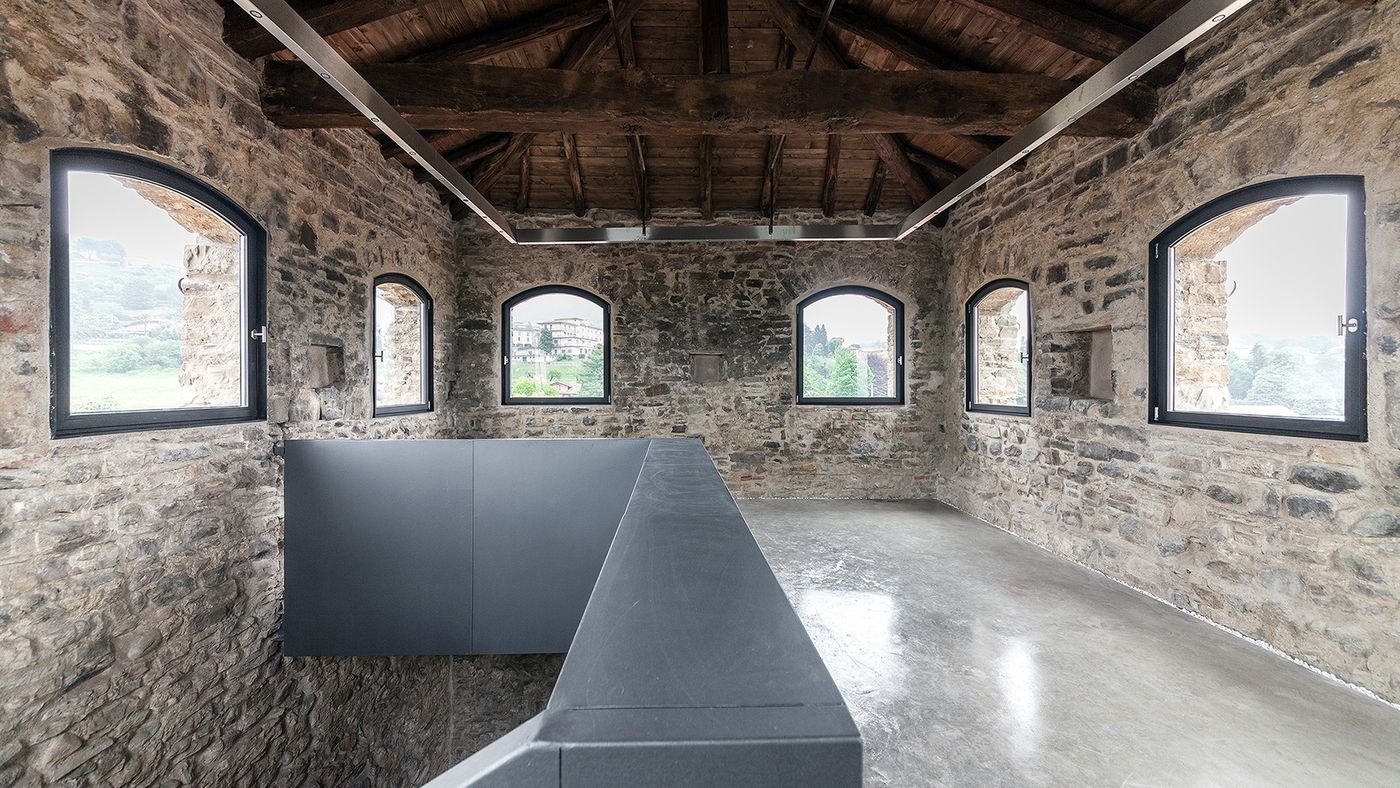
Gianluca Gelmini’s Attentive Restoration of the Medieval Torre Del Borgo in Bergamo
Words by Eleni Papaioannou
Location
Gianluca Gelmini’s Attentive Restoration of the Medieval Torre Del Borgo in Bergamo
Words by Eleni Papaioannou
Torre Del Borgo, ''the tower of the village'' in Villa d’Adda, a mere 40 km northeast of Milan, had been standing desolate for decades, until the local council’s bold decision to purchase it and ask native architect Gianluca Gelmini to renovate and extend it. Its subsequent three year renovation sees the tower’s conversion into a public library adjoining the village square which has resulted in giving the building a new lease of life, transforming its despotic past into a very fitting, democratic future.

Photo courtesy of Gianluca Gelmini / CN10

Photo courtesy of Gianluca Gelmini / CN10
The decaying, 12th-century castle was ''one of the most famous fortified buildings in Northern Italy’s Bergamo area'' according to Gelmini, who, throughout the three year restoration (completed in 2015) treasured the powerful quality and structural integrity of the medieval edifice, carefully tending to its partial instability and the degradation and precariousness of both the internal and external stone facings. New finishings on the floors and walls were added, along with much needed windows that brought in a new, natural light, to lift and brighten up the imposing structure.
Standing tall in a central position in the village, imposing itself on the rural environment surrounding it, the fortress is now not only a monument of Bergamo’s medieval past but, through the architect’s insight, a new interpretation of what a functional, public space can look like. Duality is the key word for this restoration project, since it has dealt not only with the conditioning of the existing site but also with the addition of a brilliant system to connect the tower’s floors: a heavy duty iron staircase with dramatic angles has been inserted through the support of a stern, three storey, copper-clad extension that has been attached to the side of the old building, offering wide service spaces and an imposing new view from the village square.

Photo courtesy of Gianluca Gelmini / CN10
Furthermore, a commanding network of ramped walkways now creeps in through the walls, covering the total of the old construction’s five floors. This intervention, the most important one according to the team, is so suiting to the monumental feel of the structure, that it not only seems like a non-intrusion but also enhances and fortifies its strict temperament, since "it fully respects the historical typology of the unique ramp, frequently used in this kind of building," as the designer group notes.
Overlooking the village square, the artefact is now almost ready to open its doors to the public: the second phase of the scheme will include the redevelopment of the adjacent Piazza del Borgo, with the creation of a large covered area which will be in continuity with the square’s new pavement, opening up the meticulous site by further entwining it to the village’s everyday life.
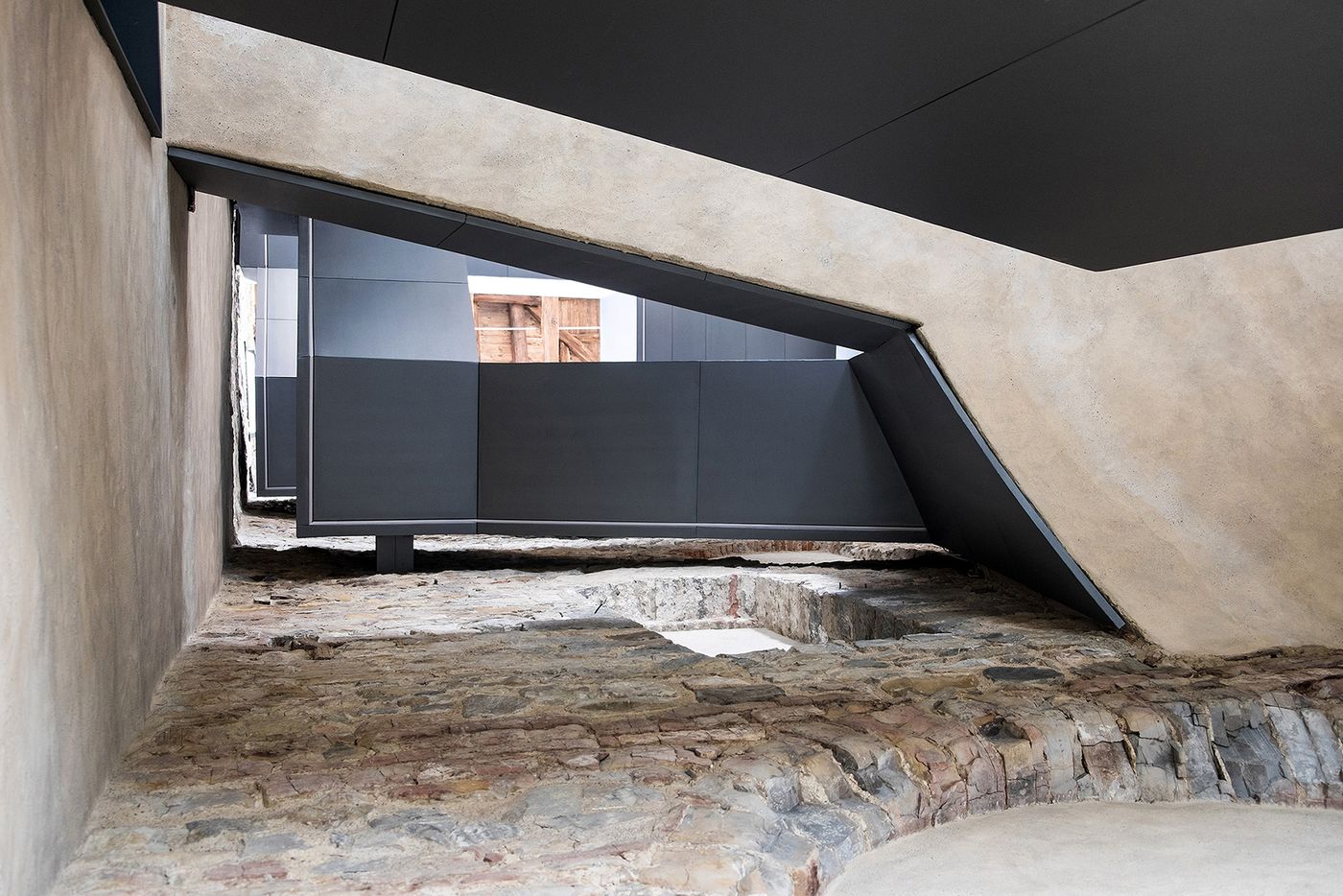
Photo courtesy of Gianluca Gelmini / CN10

Photo courtesy of Gianluca Gelmini / CN10

Photo courtesy of Gianluca Gelmini / CN10
